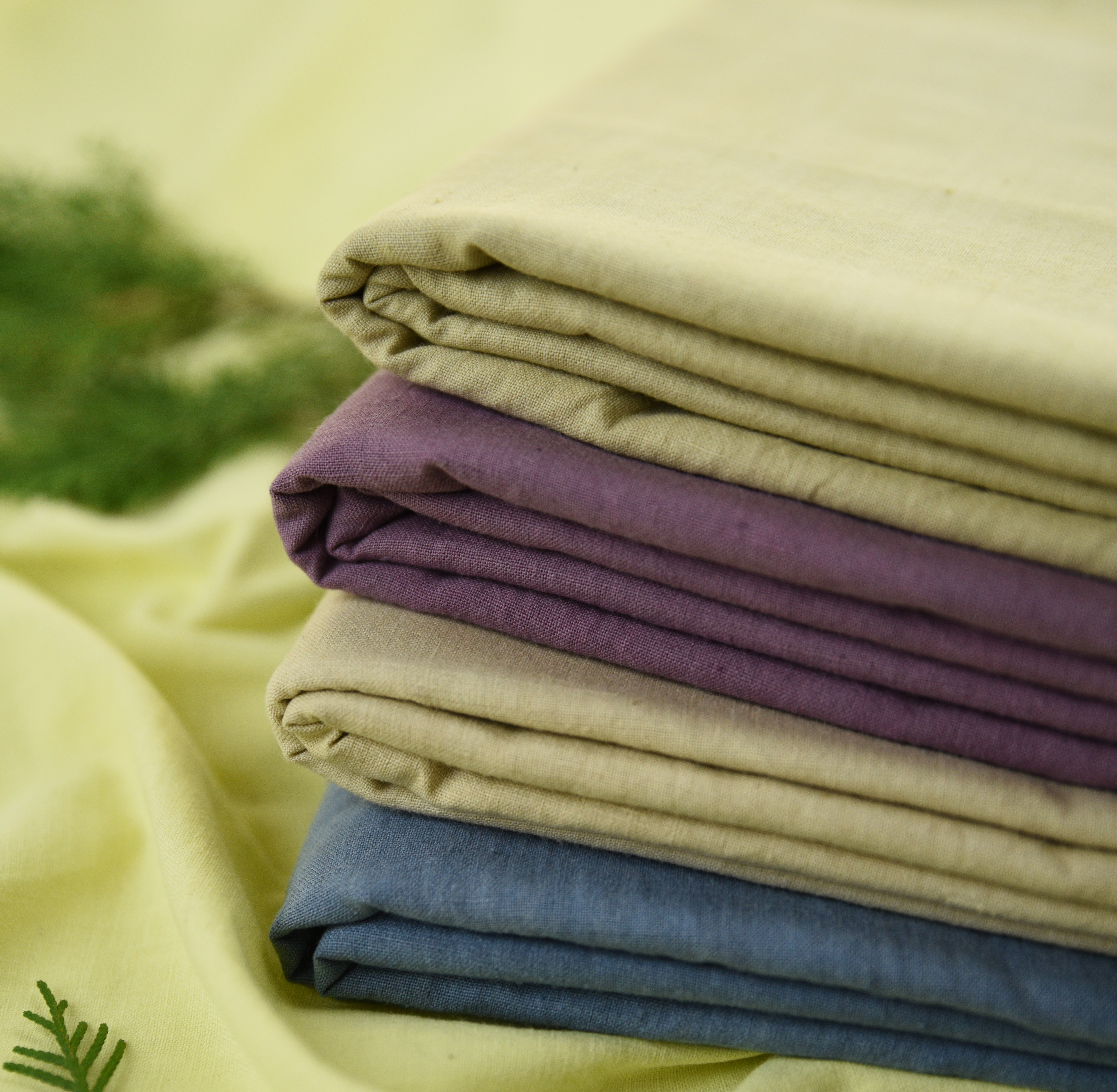
NATURAL DYES - 9 BENEFITS FOR DYEING TEXTILES

Though Natural dyes have been traditionally overshadowed by chemical dyes in the textile industry, the recent emphasis on environmental consciousness has brought them back into focus. In spite of this well-known fact, many people still choose to use synthetic dyes simply because they are unaware of the numerous benefits of natural vegetable dyes.
Anuprerna's use of natural vegetable dyes reduces its environmental impact compared to synthetic dyes. Derived from renewable sources like plants and fruits, these dyes are biodegradable and non-toxic, aligning with Anuprerna's commitment to environmental consciousness. Additionally, by supporting natural dyes, Anuprerna promotes cultural heritage and empowers local communities through the revival of traditional artisanal practices.
Introduction

Natural vegetable dyes are an eco-friendly way to colour your fabrics and yarns. They are made from plants, fruits and vegetables found in your local store or farmers' market. These natural colours add rich colour to your fabric that not only looks beautiful but lasts longer too. Since they are vegetable-based, they have far less impact on your health and the environment than their chemical counterparts.
There are many natural vegetable dyes used as a substitute for chemical dyes. Some Commonly used Natural Vegetable Dyes in Textile Dyeing are extracted from Indigo, Turmeric, Madder, Gallnut, Pomegranate and Marigold.
BENEFITS OF NATURAL DYE


The Uses Of Natural Vegetable Dyes
- Employment for Artisan Community
The use of natural vegetable dyes is a centuries-old tradition in many countries. In some parts of the world, they are still used extensively and provide employment for artisans who produce them on a small scale. - Cost-Effective
Natural vegetable dyes are cost-effective. They are not only inexpensive, but they are also very easy to use. Many of them are cheap day-to-day items that are easily available in any market or even in the house. Example- Marigold, Turmeric or Pomegranate peel. - Anti-microbial
Many natural dyes also have anti-microbial properties that can kill bacteria and resist mould growth. Example- Acacia catechu (Khair/Katha), and Rubia cordifolia (Madder). - Insect Repellant
Natural dyes often contain compounds that repel mosquitoes or insects in general, so it is possible to use them to make clothes that protect against mosquitoes and other bugs. Example- Pomegranate peel - Deodorising Effect
Many Natural dyes also have a deodourising effect thanks to their resistance to bacteria which is the common cause of odour in textile.
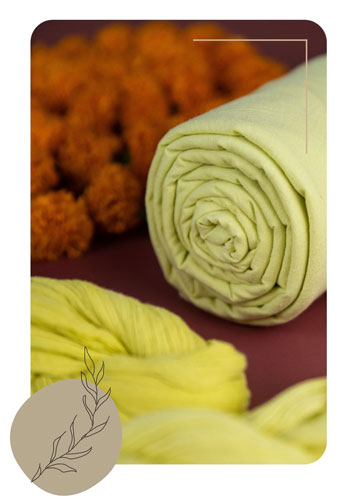
THE LIMITATIONS OF THE NATURAL DYES
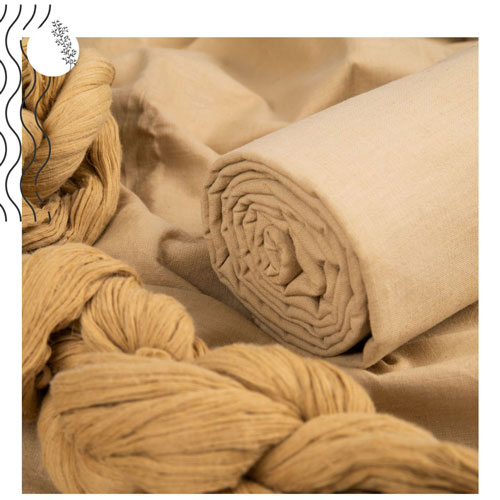
1. Natural vegetable dyes are not colourfast and tend to fade in sunlight or when exposed to strong light sources. Thus, Natural vegetable dyes require mordants to fix the colour.
2. The colours produced by natural vegetable dyes are not always as vibrant as those produced by synthetic dyes.
3. Some colours, such as orange and yellow, may take multiple dyeing sessions to achieve the desired shade of colour.
4. The colour produced by natural vegetable dyes is due to the chemical structure of the dye molecule. This means that the same dye molecule can produce different colours depending on its environment. This is why natural vegetable dyes are not as reproducible as synthetic dyes and in some cases, they may look different day after day.
TIPS & TRICKS FOR NATURAL VEGETABLE DYES
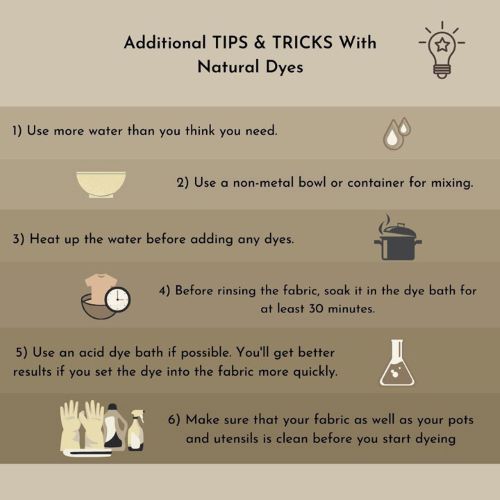
Summary
Natural Vegetable Dyes are the best choice for anyone looking to get the most out of their fabric. They are eco-friendly and safe to use. They do not contain any chemicals or harmful substances which could be harmful to the human body. And the best part is that you do not need any special equipment or training to create beautiful colours on your clothes by using natural plant extracts as dyeing agents.
related questions
What are the benefits of natural dyes for fabric?
arrow_drop_downNatural dyes offer eco-friendliness, non-toxicity, and biodegradability. They can create unique colors and textures, promoting sustainability in textile production.
What fabrics are best for natural dyeing?
arrow_drop_downNatural fibers such as cotton, linen, wool, and silk are best for natural dyeing. These fabrics readily absorb natural dyes, resulting in vibrant and long-lasting colors.
What are the characteristics of natural dyed fabrics?
arrow_drop_downNatural dyed fabrics exhibit unique characteristics such as subtle and earthy hues, variations in color intensity, and a softer, more organic appearance. They may also have a slightly uneven color distribution, adding to their distinct charm. Additionally, these fabrics often showcase a connection to sustainable and environmentally friendly practices in textile production.
What are the advantages of natural dyes over synthetic dyes?
arrow_drop_downNatural dyes have advantages over synthetic dyes due to their eco-friendly nature, biodegradability, and the potential for producing unique, subtle colors. They also tend to have a lower environmental impact.
More Blogs
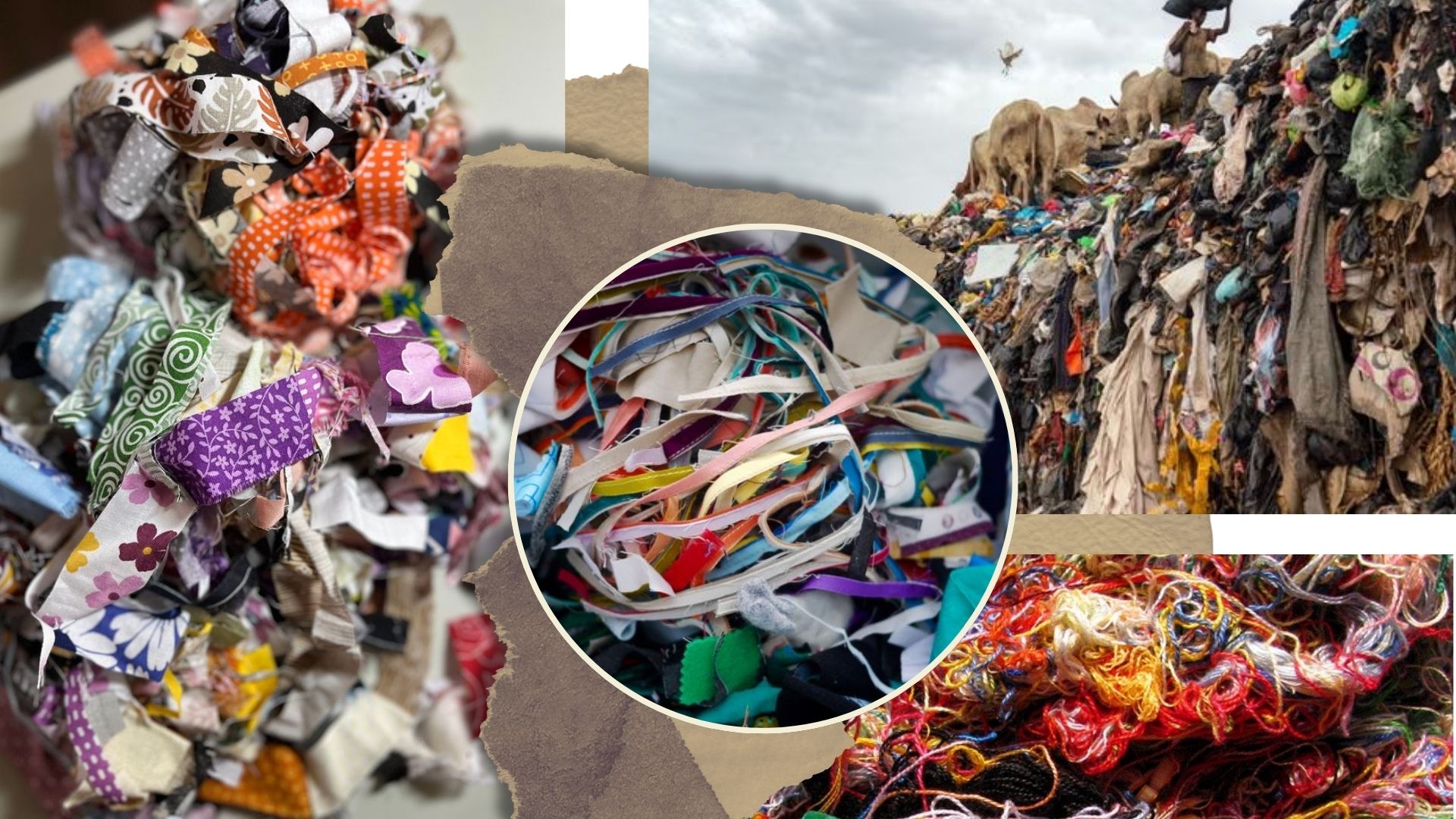
the scrap fabric solution, from clutter to creation

the art of sustainable recyclability
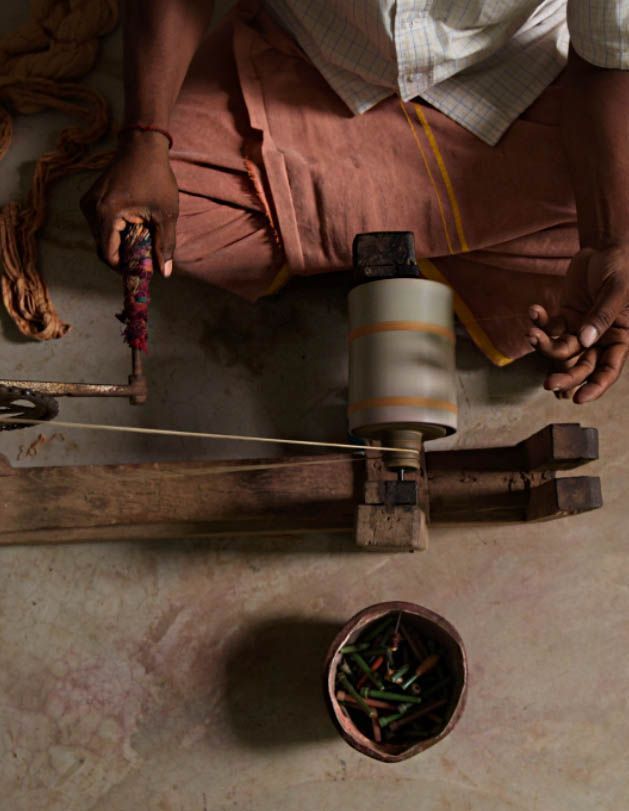
indian handloom in contemporary world
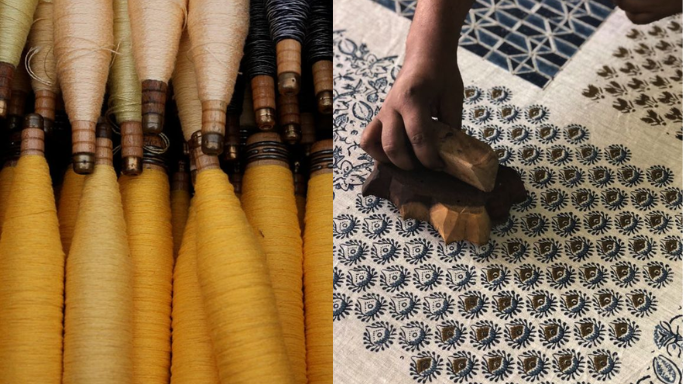
sustainability through handloom manufacturing

how to identify handloom fabrics in a powerloom world
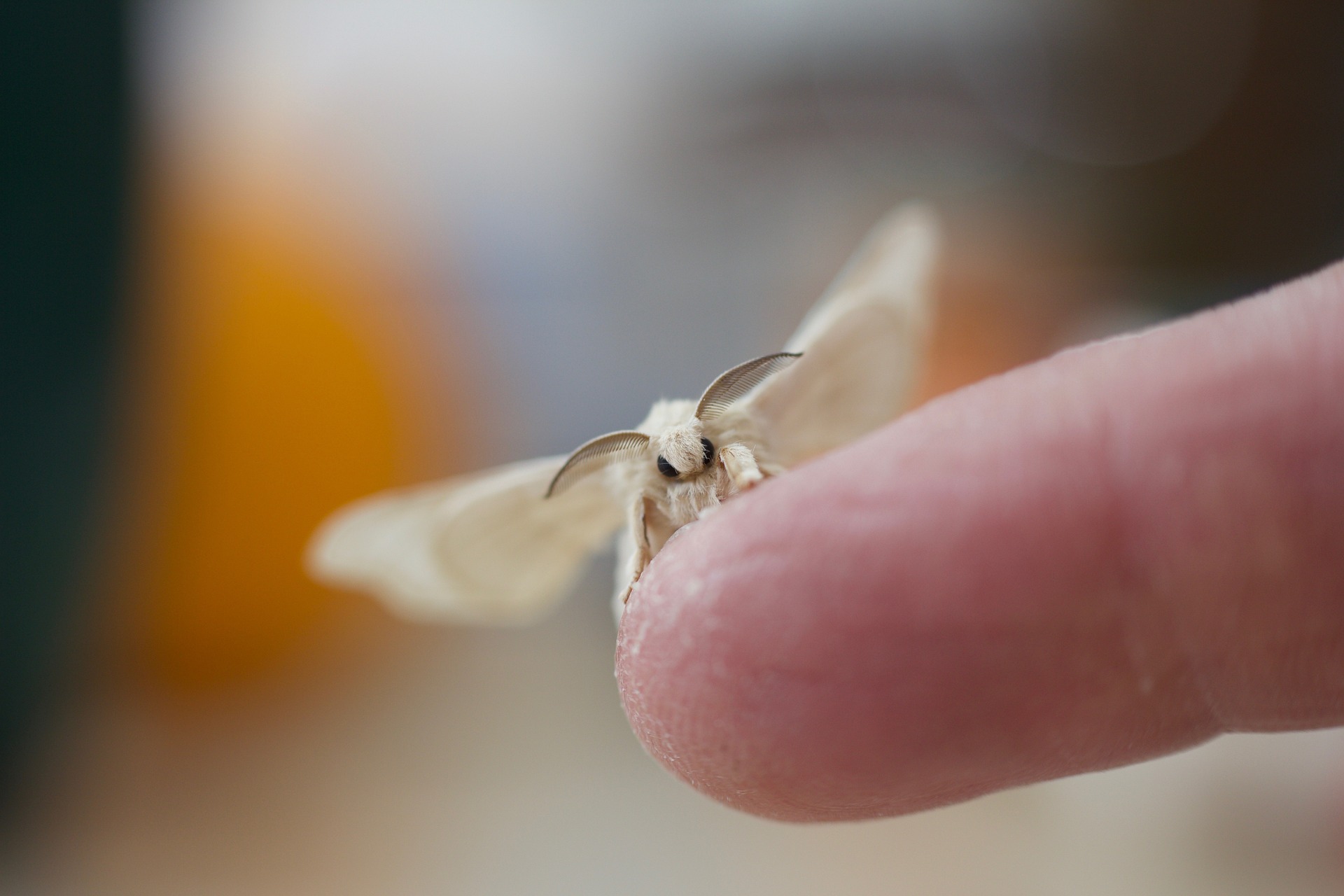
ketia silk - a peace lover






